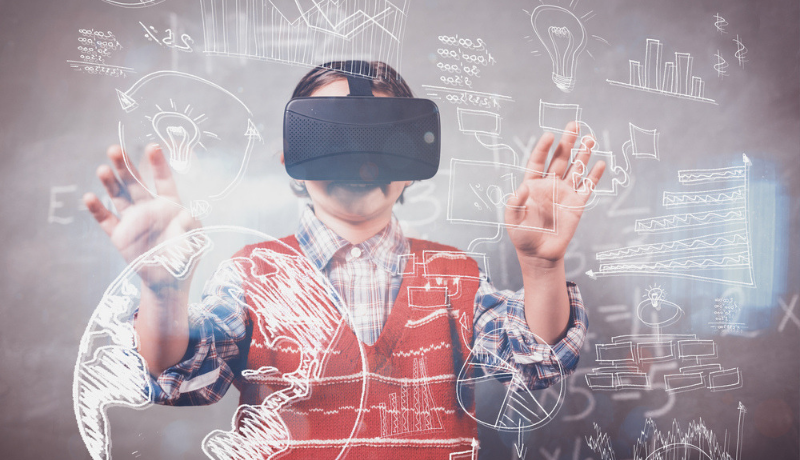Virtual Reality in Education
Virtual Reality uses technology to create a simulated learning environment. It provides an opportunity for the learners to immerse in a virtual environment and interact with 3D objects by engaging their multiple senses. (Demitriadou et al., 2019) reported that using VR and AR in education stimulated the interest of students in learning mathematical concepts as compared to the traditional method of teaching. In addition to this, AR and VR applications in the classroom influenced active student engagement, enhanced learning performance and helped to nurture a positive attitude towards mathematics.
Challenges in adopting technology in the classroom
Technology has transformed the way teaching and learning can take place in a classroom. By incorporating a wide range of digital tools such as tablets, interactive boards, etc., educators can keep the learners more engaged and motivated to learn. Despite its several benefits, there are some challenges that educators need to face while adopting any technology in their classroom that includes required infrastructure, equitable access of technology to all students, lack of professional training in handling devices effectively, increased cost and absence of administrational support.
Demitriadou, E., Stavroulia, K. E., & Lanitis, A. (2019). Comparative evaluation of virtual and augmented reality for teaching mathematics in primary education. Education and Information Technologies, 25(1), 381–401. https://doi.org/10.1007/s10639-019-09973-5


Hi Swanshi,
I share your point that VR help students more engaged, active, and reflective in learning. Thus, utilizing VR in classrooms is unavoidable. However, to well prepare for that tendency, schools need to build up sufficient technological infrastructure, teachers need more trainings how to integrate VR in classrooms, to choose wisely which VR is more compatible, and to support students step by step in adopting VR in their learning.
Sincerely,
Kate